http://www.abs-cbnnews.com/lifestyle/06/02/13/top-10-detox-foods
Posted on 2013/06/02 on ABS CBN news.com
_ _ _ _ _ _ _ _ _ _ _ _ _ _ _
Don’t you ever feel that your body is kind of heavy? Then it must be time to detox. Here is a list of foods that are helpful to detox. It is very important to be attentive what we eat daily because that what makes our body.
_ _ _ _ _ _ _ _ _ _ _ _ _ _ _
10 cleansing foods to get your body back on track.
Recently overindulged? Feeling a bit sluggish? Or just not looking your best? It could be that your body is in need of a detox. Fortunately, there are many foods around that can help counteract the effects of a toxic lifestyle. Whether you want to lose weight, feel more energized, improve your complexion or boost your mood, check out these top 10 foods to cleanse your body and boost your health.
1. Lemon
Lemons are a staple of many detox diets, and there is good reason for this. Firstly, lemons are packed with antioxidant vitamin C, which is great for the skin and for fighting disease-forming free-radicals. Furthermore, the citrus fruit has an alkaline effect on the body, meaning that it can help restore the body’s pH balance, benefitting the immune system. Try starting your day with hot water and a slice of lemon to help flush out toxins and cleanse your system.
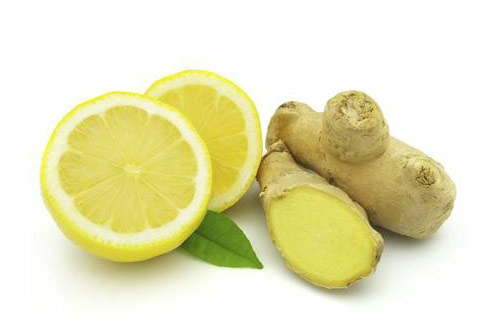
2. Ginger
If too much fatty food or alcohol has caused problems for your digestive system, it may be worthwhile adding some ginger to your diet. Ginger is not only great for reducing feelings of nausea, but it can help improve digestion, beat bloating and reduce gas. In addition to this, ginger is high in antioxidants and is good for boosting the immune system. To give your digestion a helping hand, try sipping on ginger tea or adding some freshly grated ginger to a fruit or vegetable juice.
3. Garlic
Garlic has long been known for its heart benefits, however the pungent food is also good at detoxifying the body. Garlic is not only antiviral, antibacterial and antibiotic, but it contains a chemical called allicin which promotes the production of white blood cells and helps fight against toxins. Garlic is best eaten raw, so add some crushed garlic to a salad dressing to boost its flavour and your health at the same time.
4. Artichoke
If you have recently been overindulging in fatty foods and alcohol, adding some steamed globe artichoke leaves to your meals is a great way to help get your body back on track. Globe artichokes are packed with antioxidants and fiber and can also help the body digest fatty foods. On top of this, globe artichoke is renowned for its ability to stimulate and improve the functions of the liver — the body’s main toxin-fighting tool.
5. Beetroot
For those needing a quick health-boosting shot of nutrients, you can’t do much better than beetroot. Packed with magnesium, iron and vitamin C, the vegetable has recently been hailed as a superfood due to its many reported health benefits. Not only is beetroot great for skin, hair and cholesterol levels, but it can also help support liver detoxification, making it an ultimate detox food. To enjoy its benefits, try adding raw beetroot to salads or sipping on some beetroot juice.
6. Green tea
While it’s not technically a food, no detox plan would be complete without regular consumption of essential liquids. Fluids are essential for keeping our organs healthy and helping to flush toxins from the body, and drinking green tea is a great way of boosting your intake. Green tea is not only a good weight-loss drink, but it is extremely high in antioxidants. Research has also suggested that drinking green tea can protect the liver from diseases including fatty liver disease.
7. Cabbage
Many celebs have resorted to the cabbage soup diet to help lose weight and get in shape quickly before a big event, however cabbage is not only good for weight loss – it is also an excellent detoxifying food. Like most cruciferous vegetables (including broccoli and sprouts), cabbage contains a chemical called sulforaphane, which helps the body fight against toxins. Cabbage also supplies the body with glutathione; an antioxidant that helps improve the detoxifying function of the liver.
8. Fresh fruit
Fresh fruits are high in vitamins, minerals, antioxidants and fiber — and are also low in calories, making them an important part of a detox diet. If you’re after brighter eyes and skin, shinier hair and improved digestion, try boosting your intake of fruit and eating from a wide variety of different kinds. The good news is fruit is easy to add to your diet, so try starting your day with a fresh fruit salad or smoothie and snacking on pieces of fruit throughout the day.
9. Brown rice
If you want to cleanse your system and boost your health, it is a good idea to cut down on processed foods. Instead, try supplementing your diet with healthier whole grains such as brown rice, which is rich in many key detoxifying nutrients including B vitamins, magnesium, manganese and phosphorous. Brown rice is also high in fiber, which is good for cleansing the colon, and rich in selenium, which can help to protect the liver as well as improving the complexion.
10. Watercress
Like most green herbs and vegetables, watercress is an excellent health-booster and detox food. Firstly, watercress leaves are packed with many vital detoxifying nutrients, including several B vitamins, zinc, potassium, vitamin E and vitamin C. Secondly, watercress has natural diuretic properties, which can help to flush toxins out the body. To reap the benefits of this nutritious food, try adding a handful of watercress to salads, soups and sandwiches.
(This article was originally published on realbuzz.com.)
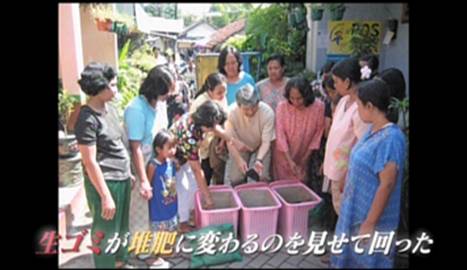

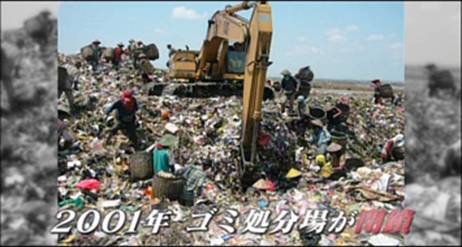
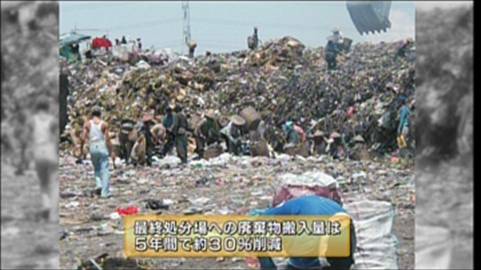
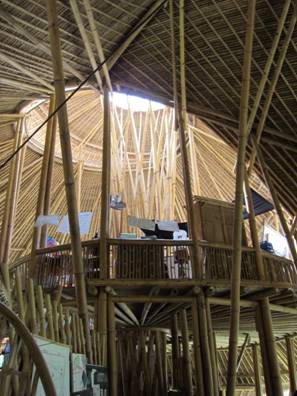 270 students ranging from preschool to high school boys and girls currently attend the school. The unique aspect of this school is that its campus buildings are so artistic, constructed with thick bamboo. The beauty of their ecological setting is overwhelming. The profile of the campus building – two three-story units combined – looks like a pavilion at an ecology and sustainability world expo for which visitors from all over the world would queue. There are no walls or windows in the classrooms so sometimes the direct effects of rain and wind are felt. Additionally, the school has a library and computer room.
270 students ranging from preschool to high school boys and girls currently attend the school. The unique aspect of this school is that its campus buildings are so artistic, constructed with thick bamboo. The beauty of their ecological setting is overwhelming. The profile of the campus building – two three-story units combined – looks like a pavilion at an ecology and sustainability world expo for which visitors from all over the world would queue. There are no walls or windows in the classrooms so sometimes the direct effects of rain and wind are felt. Additionally, the school has a library and computer room.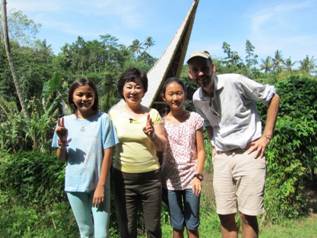
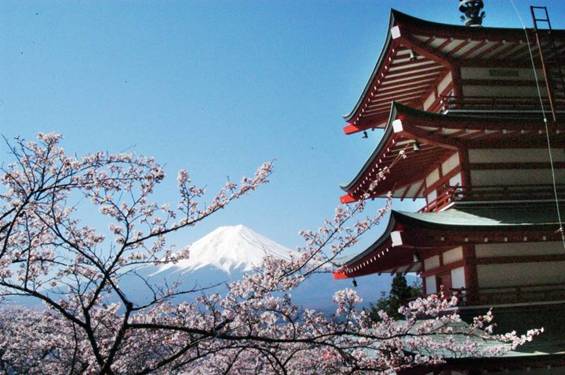
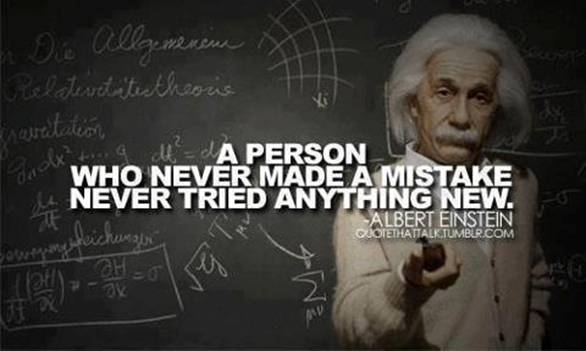

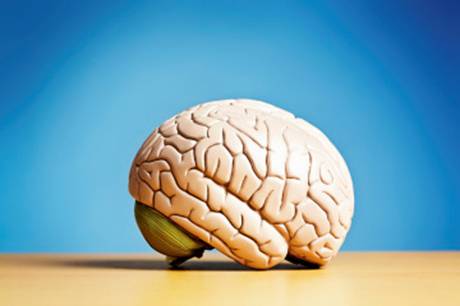
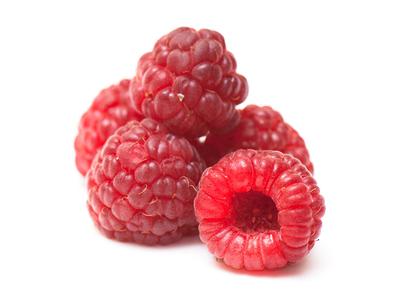
 When it comes to weight loss, calories count—but so does the clock. People who eat their biggest meal earlier drop more pounds even when they follow similar diets, according to new research in the International Journal of Obesity.
When it comes to weight loss, calories count—but so does the clock. People who eat their biggest meal earlier drop more pounds even when they follow similar diets, according to new research in the International Journal of Obesity.


